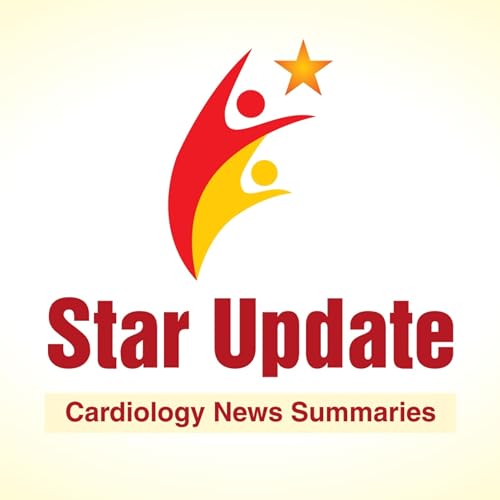2024 European Society of Cardiology Guidelines for Management of Elevated BP and Hypertension: Key Points
European Heart Journal, ehae178, https://doi.org/10.1093/eurheartj/ehae178
The key points to remember from the 2024 European Society of Cardiology (ESC) guidelines for the management of elevated blood pressure (BP) and hypertension are:
· The most important point is that the target systolic BP (SBP) for adults receiving BP medications should be 120-129 mm Hg. One can “opt-out” of this goal for patients who cannot tolerate that level of BP, patients who have orthostatic symptoms, patients who are over 85 years old or have frailty, or patients with limited life expectancy. For those patients, the goal is as low a pressure toward that goal as can be achieved.
· Blood Pressure is defined as having a continued risk rooted in time of exposure to higher Blood Pressure. For this reason, hypertension is defined as an systolic BP (SBP) >140 mm Hg or diastolic BP (DBP) >90 mm Hg, but a new category of “elevated BP” has been introduced that is an office systolic BP of 120-139 mm Hg or diastolic BP 70-89 mm Hg. This guideline recognizes that risk increases across this scale, rather than starts at a certain level that is defined as “hypertension.” This category of “elevated BP” reminds us of the term “prehypertension” used in JNC-7 (Seventh Report of the Joint National Committee on Prevention, Detection, Evaluation, and Treatment of High Blood Pressure).
· The guideline focuses on true risk reduction related to fatal and nonfatal cardiovascular outcomes. The longstanding tendency of using the surrogate marker of Blood Pressure alone does not support a Class I indication in this guideline, except for lifestyle and low-risk nondrug interventions.
· Out-of-office BP is recommended for diagnostic purposes as it can detect white-coat and masked hypertension. Office measurements can be used when out-of-office readings are not obtainable.
· Lifestyle interventions are recommended for 3 months. If not fully successful, then drug therapy should be started.
· In pregnant women without contraindications and in consultation with an obstetrician, low- to moderate-intensity exercise can reduce the risk of gestational hypertension and pre-eclampsia and should be considered.
· A risk-based approach to hypertension treatment is recommended, noting that those with diabetes, kidney disease, cardiovascular disease, target organ damage, and diabetes of familial hypercholesterolemia are at increased risk for cardiovascular disease. More time and resources should be devoted to patients at higher overall risk from elevated BP.
· Screening for secondary hypertension is recommended for adults diagnosed with hypertension before the age of 40 years, except for obese young adults for whom screening for sleep apnea should be a first step.
· Self-measurement of BP is recognized to improve patient empowerment and adherence to treatment.
· It is recognized that the major weakness of clinical hypertension guidelines is poor implementation. The document includes sections on how to overcome barriers to implementation.
· In patients with atrial fibrillation, manual BPs should be used, as most automated devices have not been validated for BP measurement in patients with atrial fibrillation.
· The guidelines include sex and gender throughout the document. It defines sex as a biological condition of being male or female from conception, based on genes. Gender is a sociocultural dimension of being a man or a woman in a society based on gender roles and norms.
Disclaimer:
Lupin makes no representation or warranty of any kind, expressed or implied, regarding the accuracy, adequacy, validity, reliability, availability, or completeness of any scientific information shared by the HCP on the STAR UPDATE podcast. You should not allow the contents of this to substitute for your own medical judgment, which you should exercise in evaluating the information on this website.
 3 mins
3 mins 7 mins
7 mins 5 mins
5 mins Sep 30 20243 mins
Sep 30 20243 mins 3 mins
3 mins 3 mins
3 mins 3 mins
3 mins 4 mins
4 mins